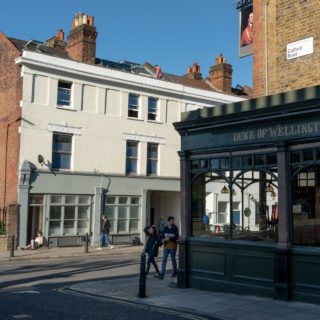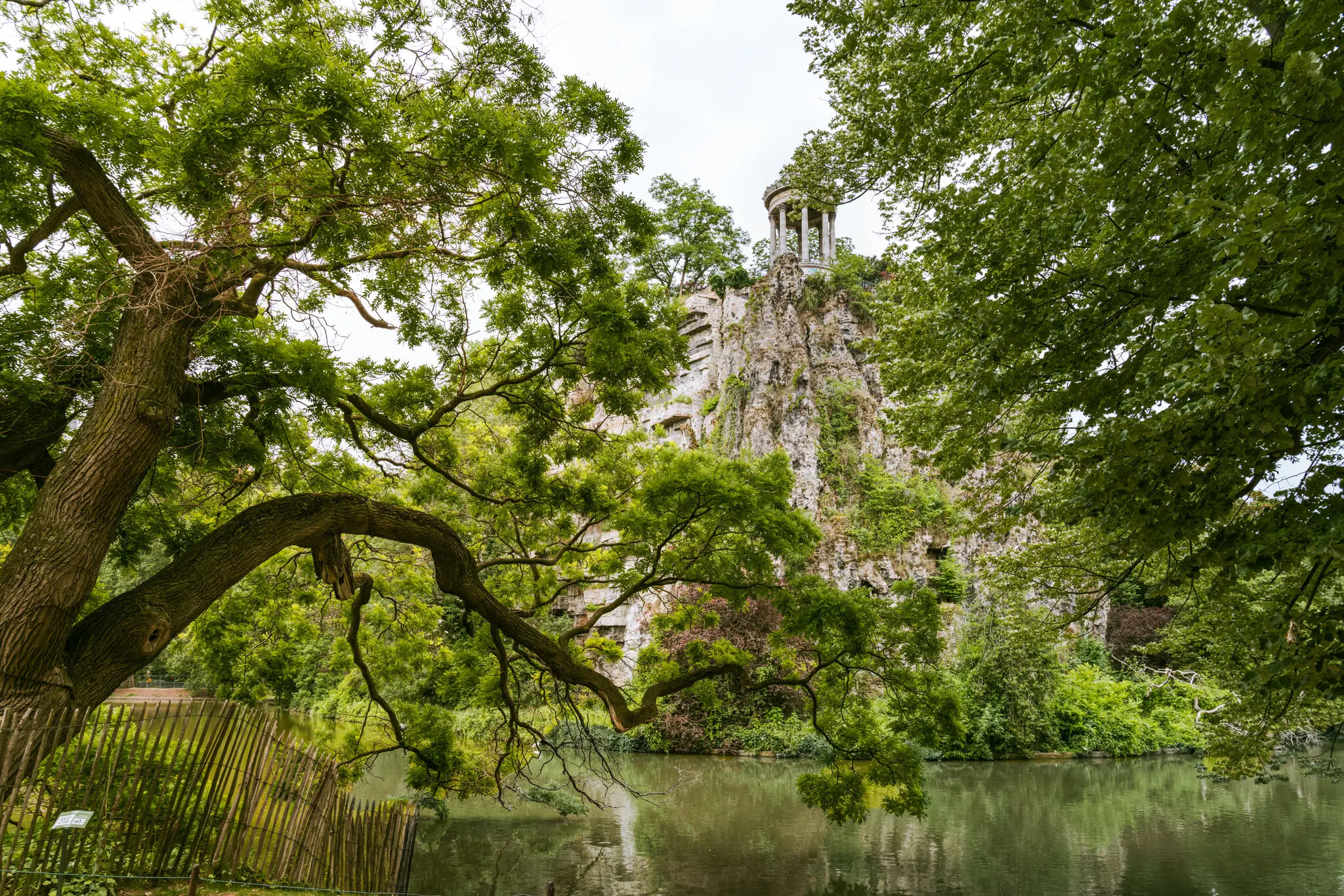
As a Paris resident, I scarcely paid attention to the city’s tree-scape until a few years ago, when I stumbled upon an arresting scene of a young man stretched out in the elbow of a low-lying branch of a Japanese pagoda tree, its leaves skimming the pond at Buttes-Chaumont Park in the 19th arrondissement.
From that moment, I came to understand that the city’s trees — from the dramatic weeping willows and their trailing fronds along the Seine to the military rows of London plane trees that line the Champs-Élysées — play an underappreciated supporting role in Paris’s inimitable elegance and grandeur.
It was a belated epiphany, and one that is somewhat understandable: Urban trees can be overlooked, particularly in Paris, where dozens of stately landmarks command the attention of locals and visitors alike.
But public and political awareness of the city’s trees has renewed recently, not only as natural, free-standing monuments equal in importance to the Louvre or the Eiffel Tower, but also as key assets in the fight against climate change. City lawmakers, arborists and others in Paris are investing in the tree-scape by planning new urban forests, increasing the number of protected historical trees and designing walking tours — because trees can also offer a fresh, green-minded perspective of the City of Light.
“Trees are an important part of Paris’s identity,” said Christophe Nadjovski, the deputy mayor in charge of green spaces. “The alignment of trees and Parisian promenades structure the city enormously and is a 150-year-old heritage. We’re following in the footsteps of this heritage.”
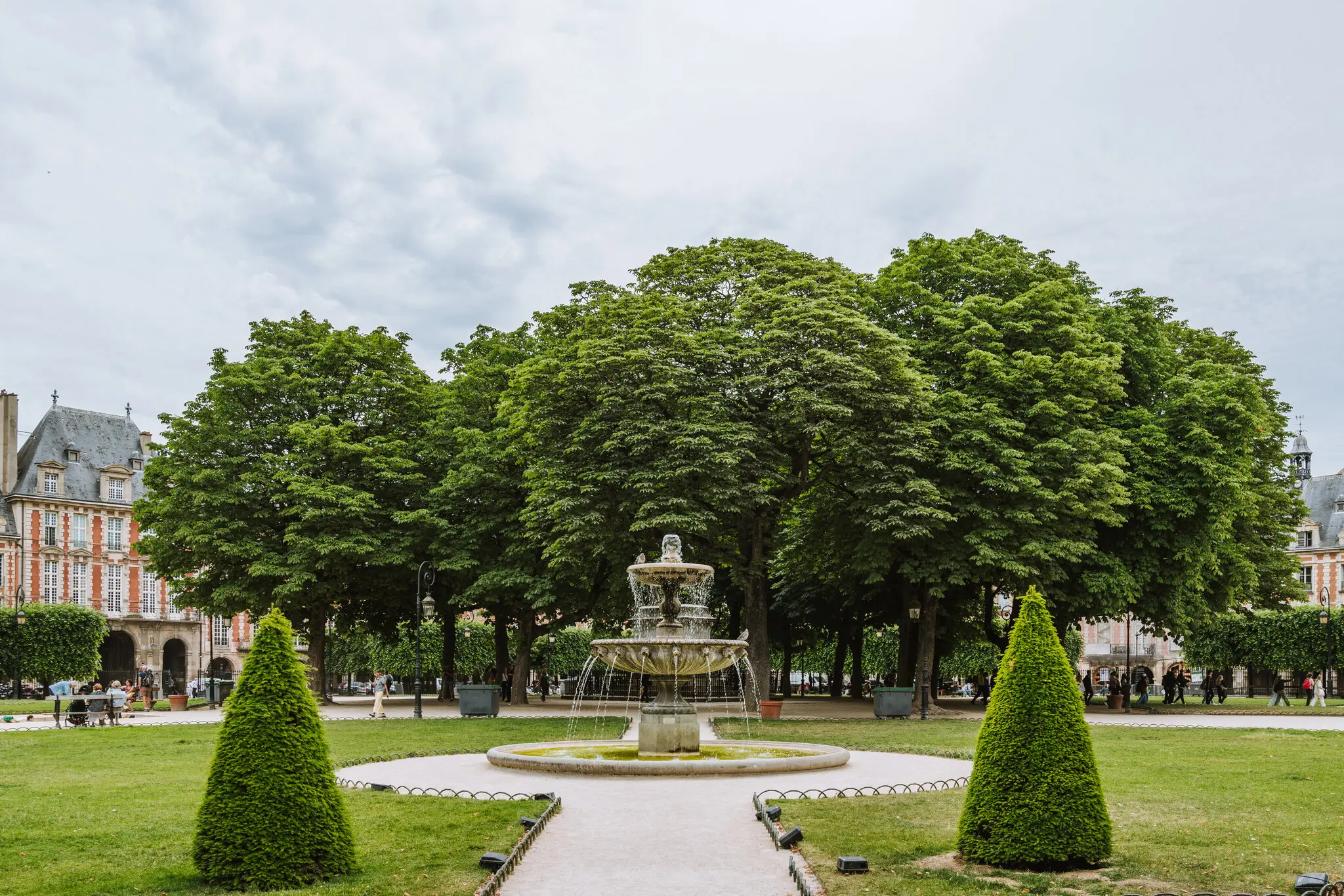
Horse chestnut trees are in the center of the Place des Vosges square. Joann Pai for The New York Times
Remarkable trees
As it turns out, the Japanese pagoda tree (which has since been fenced off) is one of 15 in Paris that carries the official designation “Remarkable Tree of France,” from Arbres, a volunteer association made up of some of the country’s most eminent scientists, botanists, gardeners, writers and horticulturalists. The association aims to promote and protect the most beautiful, important and rare trees in France with a formal label.
Also on the list: a 420-year-old tree that is not particularly striking, but has extraordinary cultural and biological significance.
Brought over from North America and planted in 1601 in the small Square Réné Viviani, across the street from the Notre-Dame Cathedral, the black locust, or Robinier faux acacia, is the oldest tree in Paris. Its foliage still blooms green and full, but the tree bears scars from bombing and shelling during World War II and its splintering trunk is supported by steel beams.
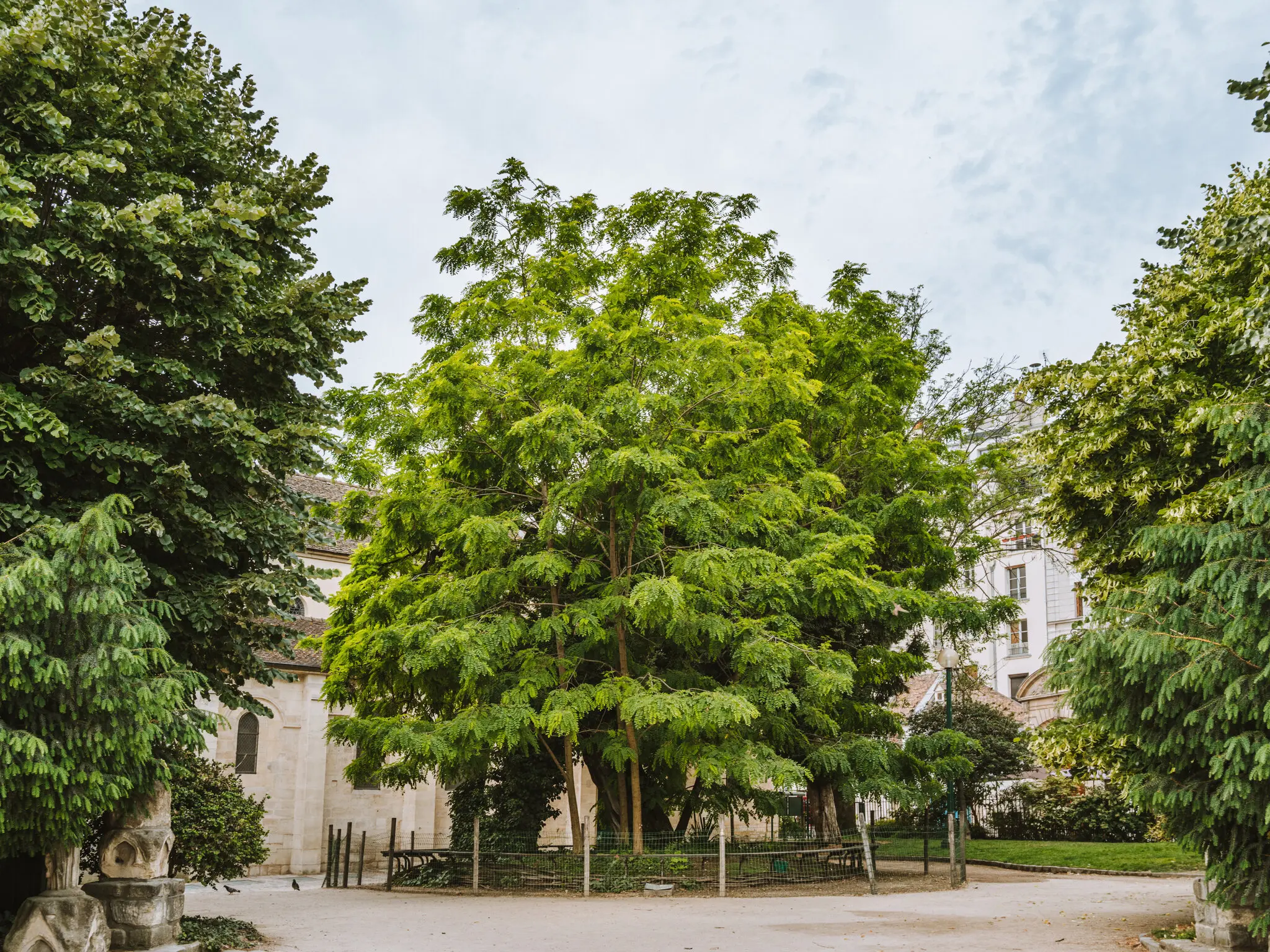
Joann Pai for The New York Times
“She is the mother plant,” Béatrice Rizzo, a city forest engineer, explained to me during a guided visit. “You could say that all the black locust trees in France came from this one tree.”
In addition to the Arbres list, which can be found online, the city of Paris keeps a separate, more expansive catalog of remarkable trees — all 176 trees are plotted on a public interactive map. Both lists share similar criteria that include age, size, botanical and cultural importance.
The black locust at Square Réné Viviani carries the Remarkable designation from both the city of Paris and Arbres, and is the last of six stops on a self-guided, walking tour of trees created by the city.
“A damaged tree like this would never have survived in nature,” said Georges Feterman, the Arbres president. “It’s like protecting monuments. Why do we preserve old churches? Because they testify to the history of men.”
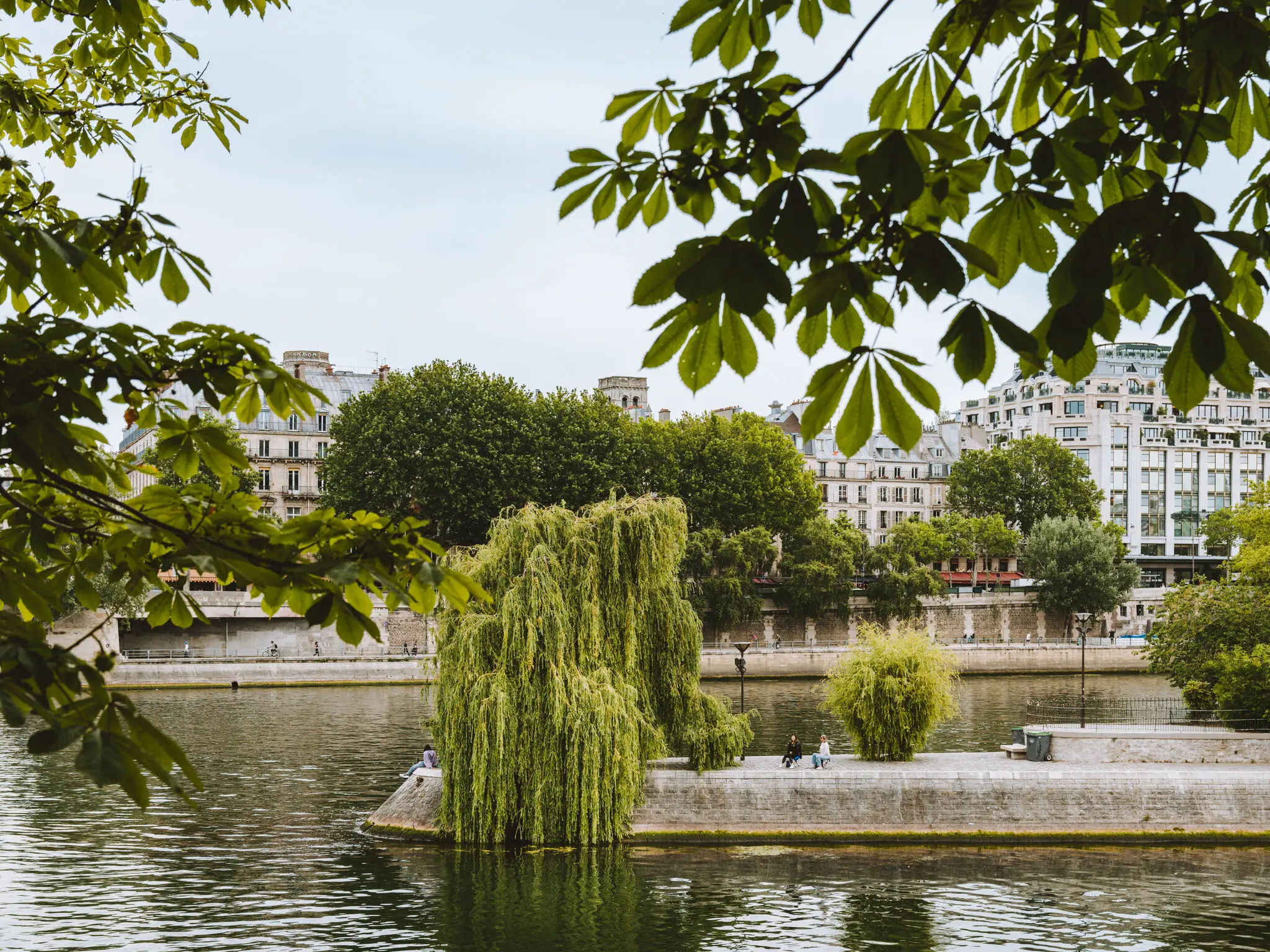
The dramatic weeping willows along the Seine have trailing fronds that dip into the river. Joann Pai for The New York Times
Other tree landmarks on the city’s walking tour include the orderly formation of linden trees that border the Place des Vosges square and flood-resistant poplars at Place Louis Aragon on Île-Saint-Louis.
FEATURED IMAGE: The Japanese pagoda tree in Buttes-Chaumont Park. The writer argues that these urban trees, as natural, free-standing monuments, are equal in importance to the Louvre or the Eiffel Tower. Joann Pai for The New York Times
By Vivian Song/The New York Times



